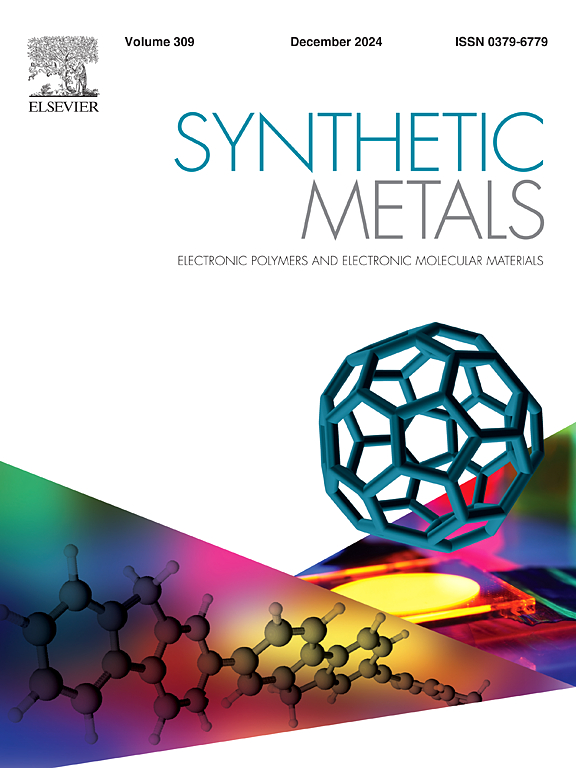基于V2O5@rGO纳米复合材料的化学电阻室温NO2气体传感器的形貌依赖性研究
IF 4.6
3区 材料科学
Q2 MATERIALS SCIENCE, MULTIDISCIPLINARY
引用次数: 0
摘要
我们对含有还原氧化石墨烯(rGO)的介孔五氧化钒(V2O5)复合材料进行了两种不同形态的形状选择分析,即纳米棒(V2O5NR@rGO)和纳米颗粒(V2O5NP@rGO),分别作为高效的二氧化氮传感器(NO2)。我们已经表明,传感器的响应高度依赖于样品的形貌,这可以通过表面积、孔径/分布、结晶度和表面缺陷的综合效应来描述。与V2O5NP@rGO复合材料相比,V2O5NR@rGO复合材料具有更高的灵敏度和更快的响应和恢复时间。传感器在室温下的响应可归因于氧化石墨烯在室温下的快电荷载流子迁移率。所提出的气体传感器具有优异的稳定性、较高的灵敏度、高重复性和对不同气体的选择性,对V2O5NR@rGO和V2O5NP@rGO的可接受检出限分别为1.33 ppm和2.32 ppm。这些特性揭示了该传感器在实时检测二氧化氮方面的巨大潜力。本文章由计算机程序翻译,如有差异,请以英文原文为准。
A morphology-dependent study of V2O5@rGO nanocomposite-based chemiresistive room temperature gas sensor for detecting NO2
We performed the shape-selective analysis of two different morphologies of mesoporous vanadium pentoxide (V2O5) composite containing reduced graphene oxide (rGO), namely nanorods (V2O5NR@rGO) and nanoparticles (V2O5NP@rGO), respectively, as an efficient nitrogen dioxide sensor (NO2). We have shown that the sensor's response highly depends on the sample's morphology, which can be described by the combined effect of surface area, pore size/distribution, crystallinity, and surface defects. The V2O5NR@rGO composite showed higher sensitivity with faster response and recovery times than the V2O5NP@rGO composite. The response of the sensors at ambient conditions can be attributed to the fast charge carrier mobility of rGO at room temperature (RT). The proposed gas sensor exhibited excellent stability, higher sensitivity, high repeatability, and better selectivity towards different gases with an acceptable detection limit (LOD) of 1.33 ppm and 2.32 ppm for V2O5NR@rGO and V2O5NP@rGO, respectively. These properties reveal the sensor's wonderful potential for real-time detection of NO2.
求助全文
通过发布文献求助,成功后即可免费获取论文全文。
去求助
来源期刊

Synthetic Metals
工程技术-材料科学:综合
CiteScore
8.30
自引率
4.50%
发文量
189
审稿时长
33 days
期刊介绍:
This journal is an international medium for the rapid publication of original research papers, short communications and subject reviews dealing with research on and applications of electronic polymers and electronic molecular materials including novel carbon architectures. These functional materials have the properties of metals, semiconductors or magnets and are distinguishable from elemental and alloy/binary metals, semiconductors and magnets.
 求助内容:
求助内容: 应助结果提醒方式:
应助结果提醒方式:


